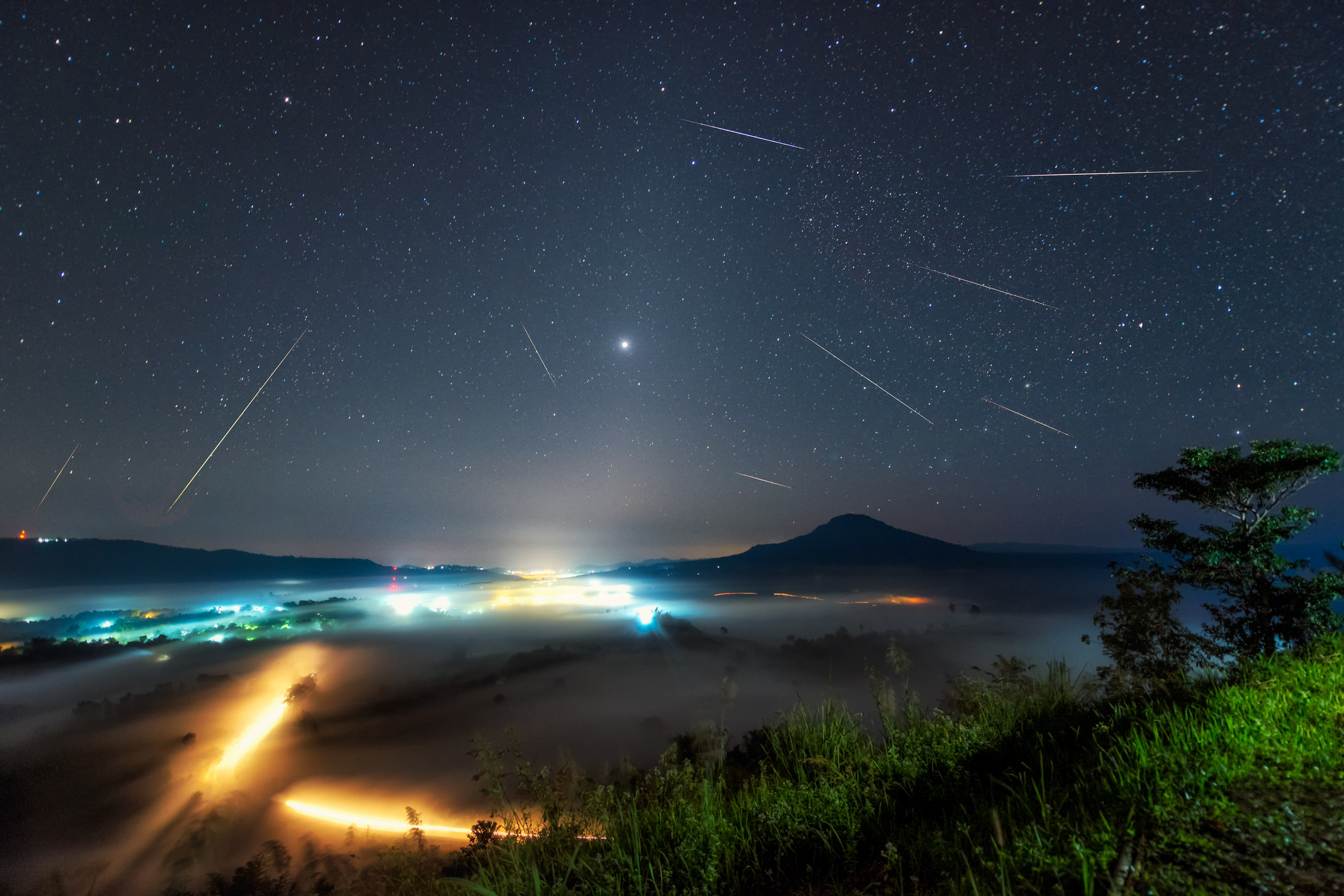A Japanese aerospace entertainment firm, Astro Live Experiences (ALE), has been working on an artificial shooting star project that will allow the super-rich to order meteor showers on demand.
A satellite hovering 220 miles high in the sky will deliver the light show in summer 2019. The spacecraft will output 15 to 20 pebbles less than half an inch wide into the atmosphere as it circles the globe, creating a fake meteor shower above any city the client chooses.
The project, dubbed Sky Canvas, “aims to bring people all over the world together to witness an unprecedented, collective experience,” according to the company’s website.
Clients may include companies, amusement parks, wealthy individuals or anyone else who can afford the unique experience. According to Josh Rodenbaugh, a member of ALE’s satellite operations team, the cost of the light show will be less than the huge fireworks displays that cities use for celebrations. In Tokyo, for example, fireworks typically cost around $40,000. Rodenbaugh told BuzzFeedNews: “We feel we can be under that number.”
ALE explains that the projecting particles will be made out of special particles. “When the particles re-enter the earth’s atmosphere, they burn through a process known as plasma emission, creating the appearance of shooting stars on the ground. The particles burn with a sufficient brightness to be visible by people in an area up to 200km in diameter,” the company notes on its website.
ALE is building two, 150-pound microsatellites at a cost of $3 million each that will contain 300-400 shooting star particles. The satellites will have enough propellant to remain in orbit for more than two years before they burn up in the atmosphere.
The fake shooting stars will burn up within four to five seconds before dropping to an altitude 37 miles above Earth, notes BuzzFeedNews. The altitude was designated so it doesn’t interfere with other satellites or experimental balloons. The International Space Station orbits at the 250-mile altitude, and around 40 satellites orbit below 220 miles high, according to Rodenbaugh.
ALE plans on coordinating with the U.S. Strategic Command’s satellite trajectory catalogue before launching any of its shooting stars. They will cancel a meteor event if comes within 124 miles of a satellite.
The Japan Aerospace Exploration Agency has given ALE’s first launch the go-ahead, noted Rodenbaugh. The firm has also reached out to NASA, the European Space Agency, the US Defense Department and the Chinese and Russian space agencies.


